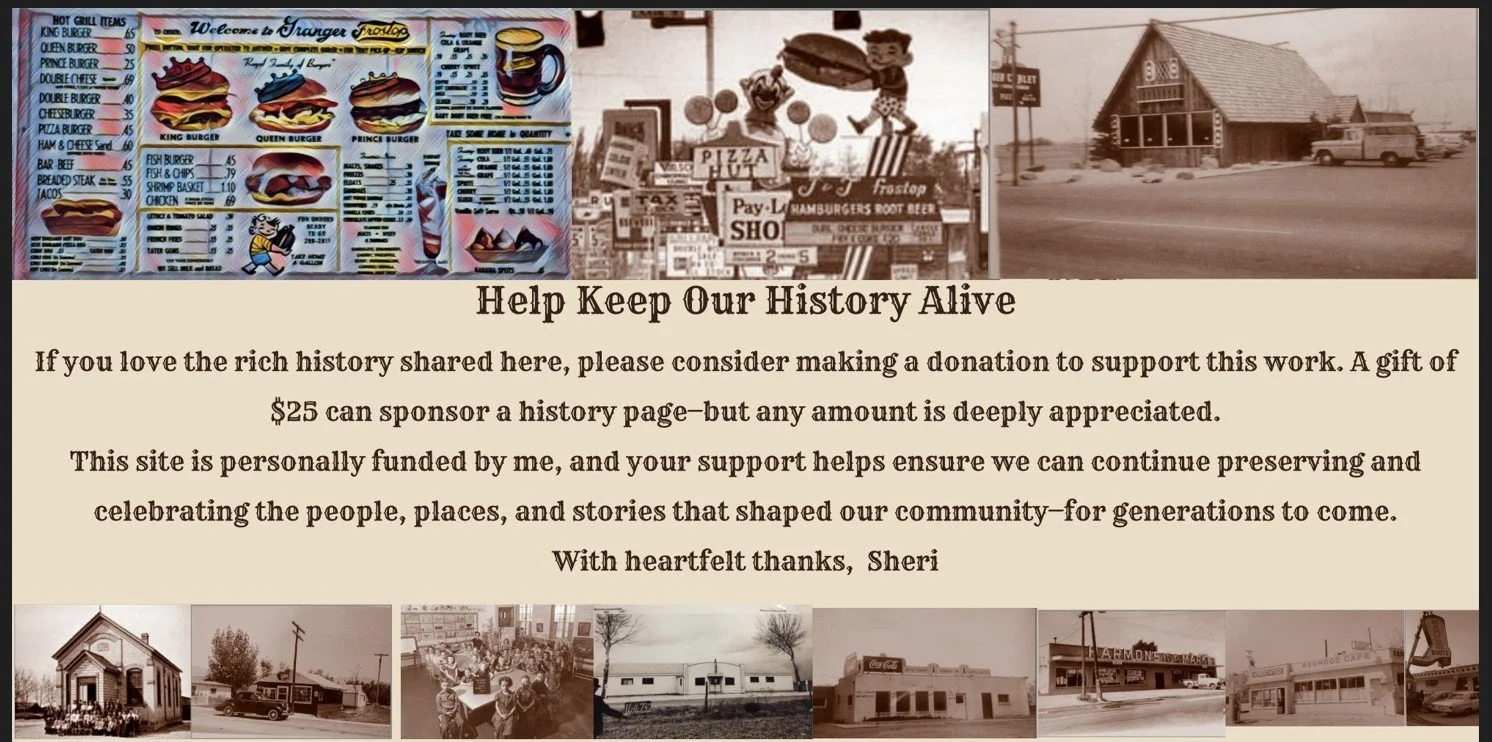Building the Foundations: How Granger and Hunter Prepared for a City
The Foundations of a City: Big Beginnings Over 75 Years Ago
In the years following World War II, the rural communities of Granger and Hunter were poised for tremendous change. What had once been quiet farmland west of the Jordan River was beginning to see the stirrings of progress that would forever shape the west side of Salt Lake Valley.
One of the most significant developments came in 1949, when local visionary Estel Wright and other community leaders began discussing the need for a culinary water and sewer system. Until then, residents relied on individual wells and septic tanks, which limited both growth and health standards.
By January 1950, their efforts led to the formation of the Granger-Hunter Improvement District — created to provide reliable water and sewage disposal for the area stretching between 3100 South and 4100 South, from Redwood Road to 7200 West. Estel Wright served as Chairman of the Board of Trustees from 1950 until 1962, guiding the district through its critical early years.
A major milestone came in January 1953, when residents voted to approve a $260,000 bond to fund the first three deep wells and 31 miles of pipe, delivering clean water and modern sanitation to hundreds of homes.
That same decade saw unprecedented growth. The first recorded subdivision in Granger appeared in 1948, but by 1962, there were 77 subdivisions, fueled by the availability of infrastructure and affordable land. The area became a magnet for working families, industrial employees, and new businesses.
Along 3500 South, commerce flourished. Among the most notable early businesses were:
Harmon’s Grocery, established in 1950,
Albertson’s Shopping Center, opened in 1956,
Wright Realty, founded in 1954 as Granger’s first real estate office,
and several early medical centers that served the rapidly expanding community.
Civic spirit grew as well. The Granger Lion’s Club constructed a new city park at 3500 South and 3600 West in 1951, giving local families a place to gather. In 1954, the Winder family established Valley View Memorial Park, the first cemetery in the area.
For decades, Granger and Hunter remained part of unincorporated Salt Lake County, but the groundwork laid by these visionary leaders and community builders made possible the next great milestone: in 1980, residents voted—by a narrow margin—to incorporate as West Valley City.
From those early efforts in water, infrastructure, and community building, a thriving and diverse city was born. Today, 3500 South remains a vital corridor of business and history — a living reminder of the bold beginnings that started over 75 years ago.

